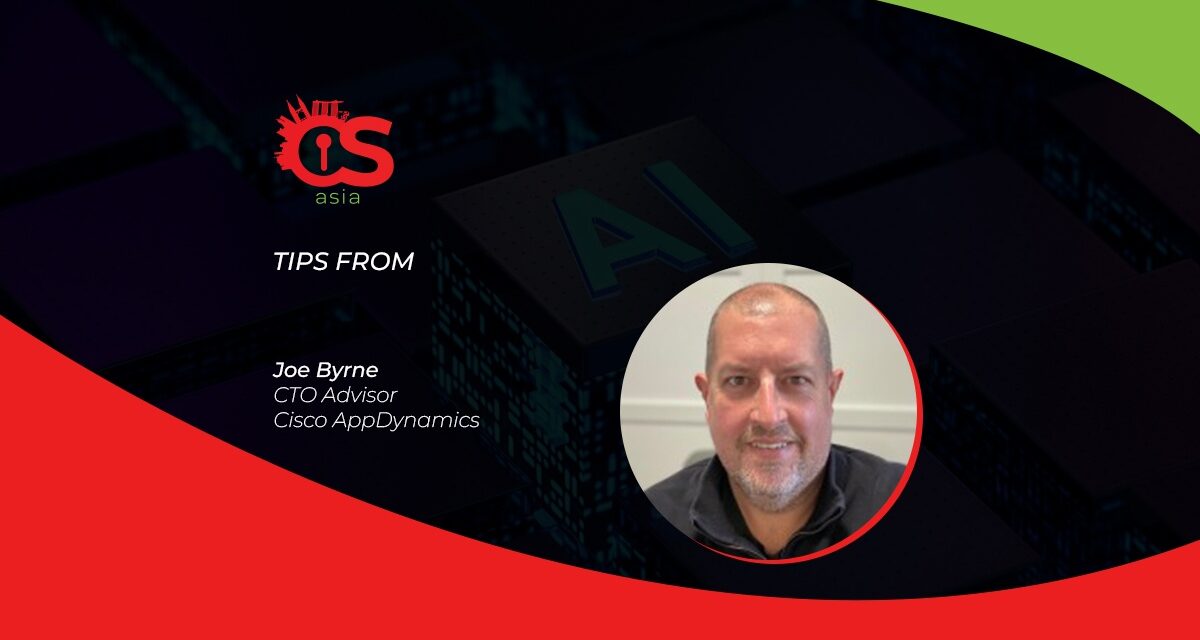Amid breakneck application release speeds and security limbos, software developers need to step up to the plate with AIOps or falter
Rapid cloud adoption, the shift to microservice-based application architectures; and increasing deployment of IoT devices over the past few years have led to a dramatic expansion in attack surfaces.
Unfortunately, most IT teams do not have the tools and insights to identify and manage security vulnerabilities on this scale, and they are increasingly feeling overwhelmed by the volume of security alerts coming at them from a multitude of monitoring tools.
In order to manage this new application security landscape, IT leaders need to adopt a more proactive approach to application security, integrating security into the development process from day one to build more secure products, and leveraging the power of automation and IT-specific AI (AIOps) to cope with soaring volumes of data.
Avoiding the ‘security limbo’
In the digital-first era, application release velocity has skyrocketed, but in the rush to deliver new applications, security has often failed to keep pace.
As organizations embrace cloud-native applications and architectures, application components are increasingly running on a mix of platforms and on-premises databases, resulting in a huge expansion in attack surfaces. This is leaving major visibility gaps for IT teams and increasing the risk of a security event, the consequences of which are potentially catastrophic.
So IT teams are being bombarded with security alerts from across the application stack but they simply cannot cut through the data noise to understand the risk level of security issues in order to prioritize remediation based on business impact.
The result is that many IT teams are ending up in ‘security limbo’, doing nothing because they simply do not know what to focus on and prioritize.

Adopting AIOps to break the limbo
IT and cybersecurity leaders know that they need a robust security approach for the full application stack approach to deliver complete protection for their applications — from development through to production, across code, containers and Kubernetes. Alongside this, teams need to integrate performance and security monitoring to understand how vulnerabilities and incidents could impact end users and the business.
However, very few IT departments have the resources to cut through the data noise, to identify and analyze vulnerabilities before the latter become issues that affect end user experience. Therefore automation and AIOps will become relevant:
- Robust automation strengthens security postures, identifying threats and resolving them independent of an admin. This reduces human error, increases efficiency, and drives greater agility in development — enabling teams to ship and deploy applications even faster.
- Automation helps to correlate risk in relation to other key areas such as the application, user and business. Business transaction insights enable IT teams to measure the importance of threats based on severity scoring, factoring-in the context of the threat. This means that teams can prioritize threats based on damage level to a business critical area of the environment or application.
- Using runtime application self-protection (RASP) technology, developers can protect applications from the inside out. They can see what is happening inside the code to prevent known exploits, and to simplify vulnerability fixes. Developers can generate targeted insights into their application environments that allow them to respond to threats at scale.
- AI and ML are now essential intelligent automation tools to identify gaps, predict vulnerabilities and streamline processes to remediate security holes.
- As bad actors also ramp up their use of AI and ML, it is vital that enterprise security teams keep pace. AIOps extend human capabilities in multiple cybersecurity tasks, including monitoring, assessing, and resolving security issues, freeing up security teams to focus on higher-value issues and enabling teams to collaborate more effectively and strategically throughout the development lifecycle.
- AIOps is now essential to automatically detect and resolve issues across the technology stack, including cloud native microservices, Kubernetes containers, multi-cloud environments or mainframe data centers.
Rather than being stuck in limbo, IT teams can use exploit the capabilities of automation and AI Ops to optimize application security. Doing so will enable them to build more secure products, avoid costly downtime and push forward into the next era of innovation.

















